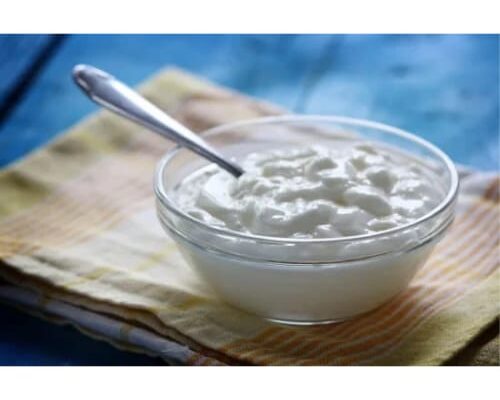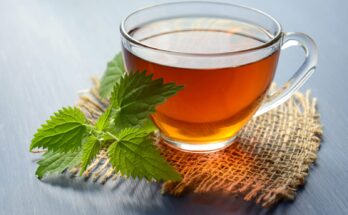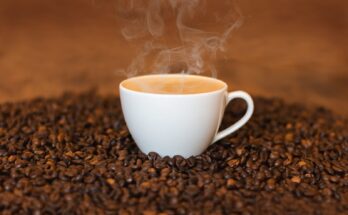Dahi or curd is the product obtained from pasteurized or boiled milk by souring, natural, or otherwise, by a harmless lactic acid or other bacterial culture. Dahi may contain additional cane sugar. It should have the same percentage of fat and solids-not-fat as the milk from which it is prepared. Where dahi or curd, other than skimmed milk dahi, is sold or offered for sale without any indication of the class of milk.
Classification: Broadly speaking, dahi may be classified into two types:
I. For churning into desi (or indigenous) butter (makkhan);
II. For direct consumption.
Dahi for direct consumption may be further classified into:
(a) (i) Whole milk dahi; (ii) skim milk dahi.
(b) (i) Sweet (or mildly sour) dahi; (ii) sour dahi; (iii) sweetened dahi.
Nutritive value: It has been established that fermented milk products, including dahi, increase in food and nutritive value as compared to the original milk. The following points are cited in their favour:
(i) Dahi is more palatable, and those who usually do not like drinking milk would consume it readily;
(ii) Dahi is more easily digested and assimilated than milk;
(iii) dahi seems to exert a possible therapeutic value in the stomach and during intestinal disorders, due possibly to its content of antibiotics.
Nutritive value per 100 g of Curds (Cow’s Milk)
Energy (kcal) : 60
Protein (g) : 3.1
Fat (g) : 4.0
Carbohydrates (g) : 3.0
Minerals (g) : 0.8
Calcium (mg) : 149
Phosphorus (mg) : 93
Iron (mg) : 0.20
Sodium (mg) : 32.0
Potassium (mg) : 130
Vitamins
Carotene (µg) : 31
Thiamine (mg) : 0.05
Riboflavin (mg) : 0.16
Niacin (mg) : 0.10
Folic Acid – Total (µg) : 12.5
Vitamin C (mg) : 1.0
Vitamin B12 (µg) : 0.13




